The buy stop-limit order will only be executed at the specified limit price or better, similar to the sell stop-limit order. They are different from stop-limit orders, which are orders to buy or sell at a specific price once the security’s price reaches a certain stop price. Stop-limit orders may not get executed whereas a stop-loss order will always be executed (assuming there are buyers and sellers for the security). Of course, there is no guarantee that this order will be filled, especially if the stock price is rising or falling rapidly.
The same techniques used with sell stop and sell stop-limit orders can be applied to buy stop and buy stop-limit orders. These include avoiding round numbers and placing orders around odd numbers. Another disadvantage concerns getting stopped out in a choppy market that quickly reverses itself and resumes in the direction that was beneficial to your position. Choosing which type of order to use essentially boils down to deciding which type of risk is better to take.
We blend cutting-edge strategies with exclusive access, ensuring that every move you make amplifies your greatness. At Titan, we don’t just manage wealth—we empower you to shape your own legacy.
Stop-Loss Orders: One Way to Limit Losses and Reduce Risk
- You would then place a stop order to sell XYZ at around $25, or slightly lower, to account for a margin of error.
- A stop-limit order may eventually yield a considerably larger loss if it does not execute.
- A break below this price often means the security will head even lower before reversing.
- There are two common methods used to place sell stops, but no magic number or formula will work 100 percent of the time.
There are pros and cons to both types of orders, so ensure that you do your homework and understand the differences before placing such orders. For example, continuing with the above example, let’s assume ABC stock never drops to the stop-loss price. Instead, it continues to rise and eventually reaches $50 per share. The trader cancels their stop-loss order at $41 and puts in a stop-limit order at $47, with a limit of $45. If the stock price falls below $47, then the order becomes a live sell-limit order. If the stock price falls below $45 before the order is filled, then the order will remain unfilled until the price climbs back to $45.
Use Stops to Protect Yourself From Market Loss
In this case, the trader might get $41 for 500 shares and $40.50 for the rest. With a buy limit order, the brokerage platform will buy the stock at the specified price or a lower price if it arises in the market. It will not execute if the market never reaches the price level specified. Because limit orders can take longer to execute, the trader may want to consider designating a longer timeframe for leaving the order open.
Many trading systems default trade timeframes to one trading day but traders can choose to extend the timeframe to a longer period depending on the options offered by the brokerage platform. Technical analysis can be very useful to determine the levels at which stop-losses should be set. For example, for choppy waters for the crypto market as screens turn red a long position, figuring out key support levels for the stock can be useful for gauging downside risk. The premise here is that once a key support level crumbles, it may signal additional losses for the stock.
They also improve risk management skills by identifying key price zones in advance and increasing the conviction needed to hold firm between those actionable levels. You should move your stop-loss order only what are the risks of cryptocurrency if it’s in the direction of your position. For example, imagine you’re long XYZ stock with a stop-loss order $2 below your entry price.
Behind every titan, there’s Titan.
Actual investment return and principal value is likely to fluctuate and may depreciate in value when redeemed. Liquidity and distributions are not guaranteed, and are subject to availability at the discretion of the Third Party Fund. An ambitious suite of investment products aimed at growing your wealth. From active management and index investing to alternatives and individual stock/ETF trading.
Using margin, a trader would still simply place a buy limit order for the price in which they seek to buy. J.B. Maverick is an active trader, commodity futures broker, and stock market analyst 17+ years of experience, in addition to 10+ years of experience as a finance writer how and where to buy bitcoin in the uk and book editor. Various Registered Investment Company products (“Third Party Funds”) offered by third party fund families and investment companies are made available on the platform.
A buy-stop order price will be above the current market price and will trigger if the price rises above that level. Both buy and sell limit orders allow a trader to specify their own price rather than taking the market price at the time the order is placed. Using a limit order for a buy allows a trader to specify the exact price they want to buy shares at. In this scenario, consider placing the sell stop at 34.75 to provide enough room for a final round of sell orders without incurring an unnecessary loss. If you use a trailing stop with your stop-loss order, that protection can move with your position even as it increases in value. So, a loss could translate to less profit rather than a complete loss.


